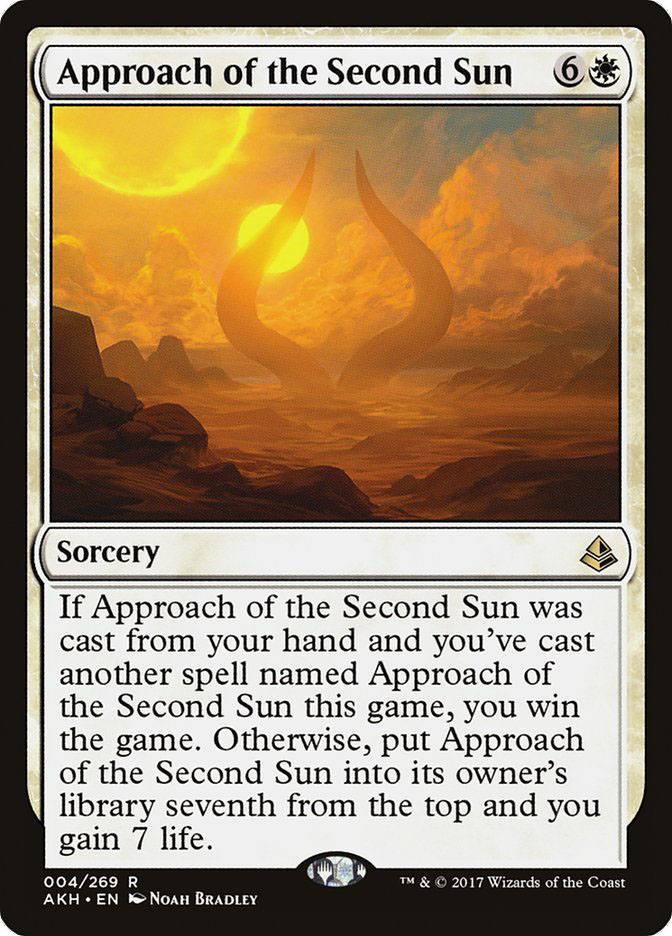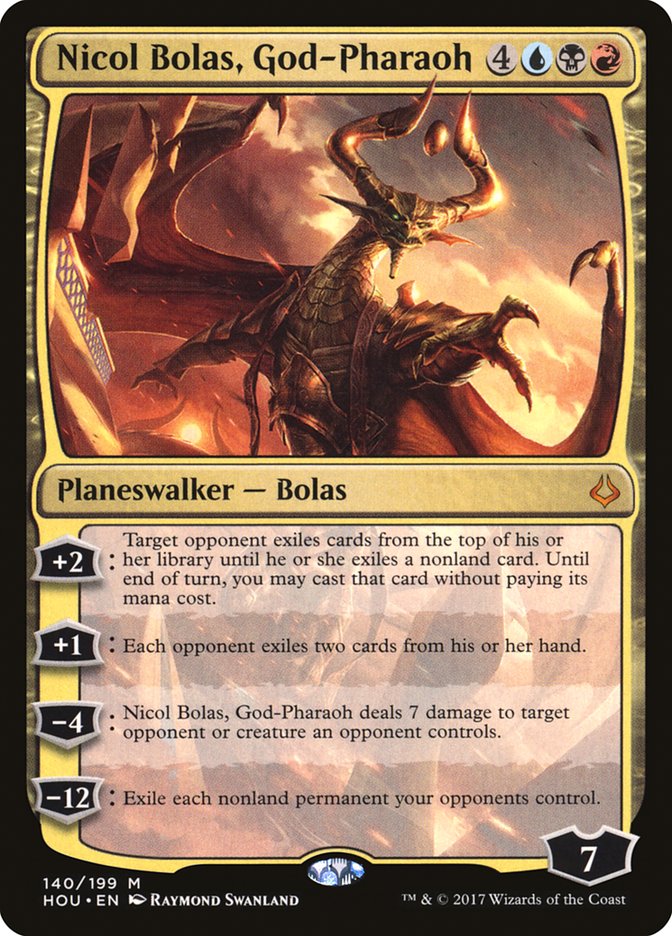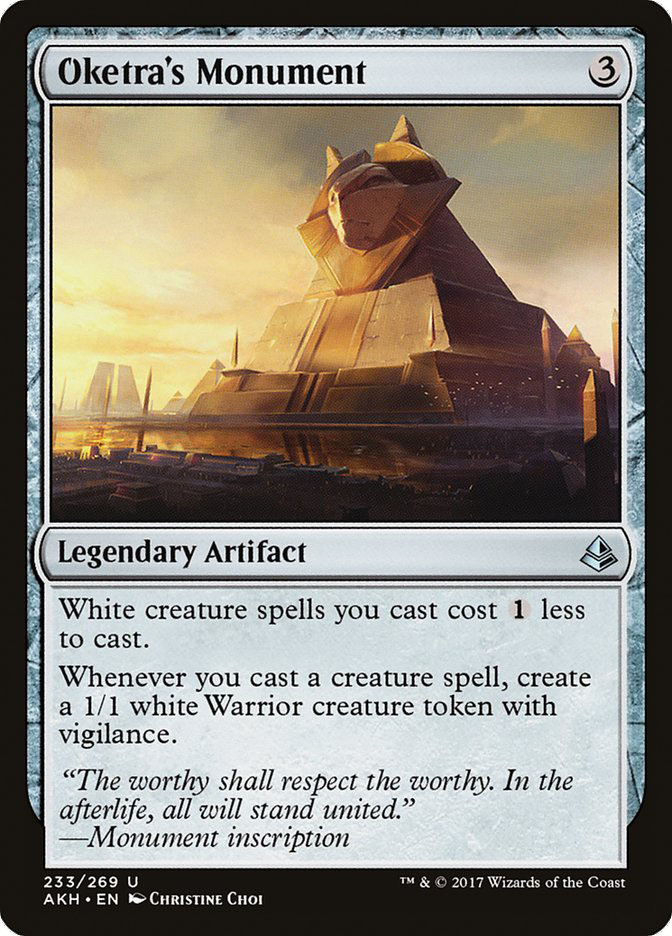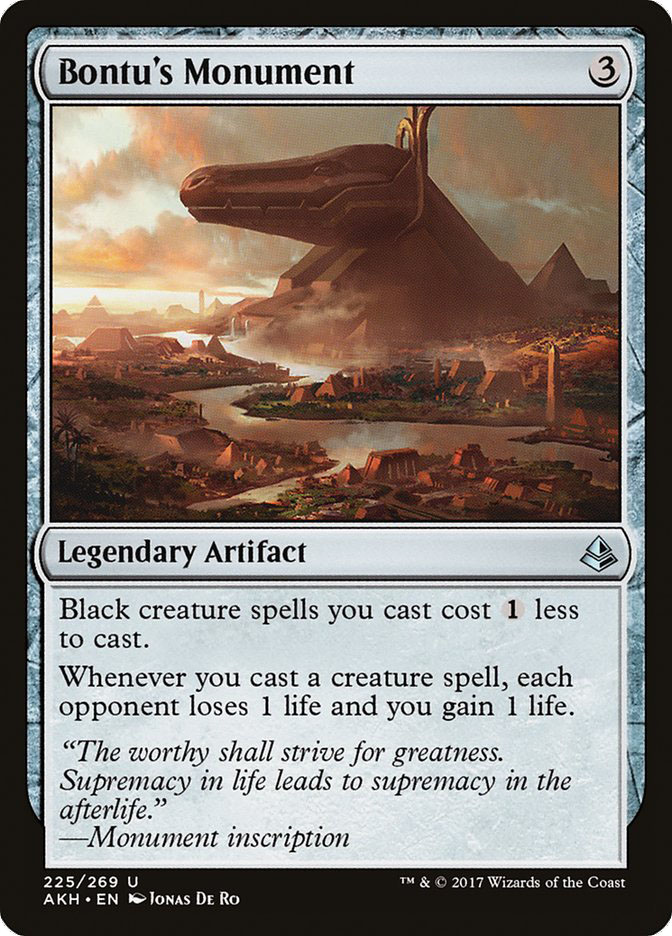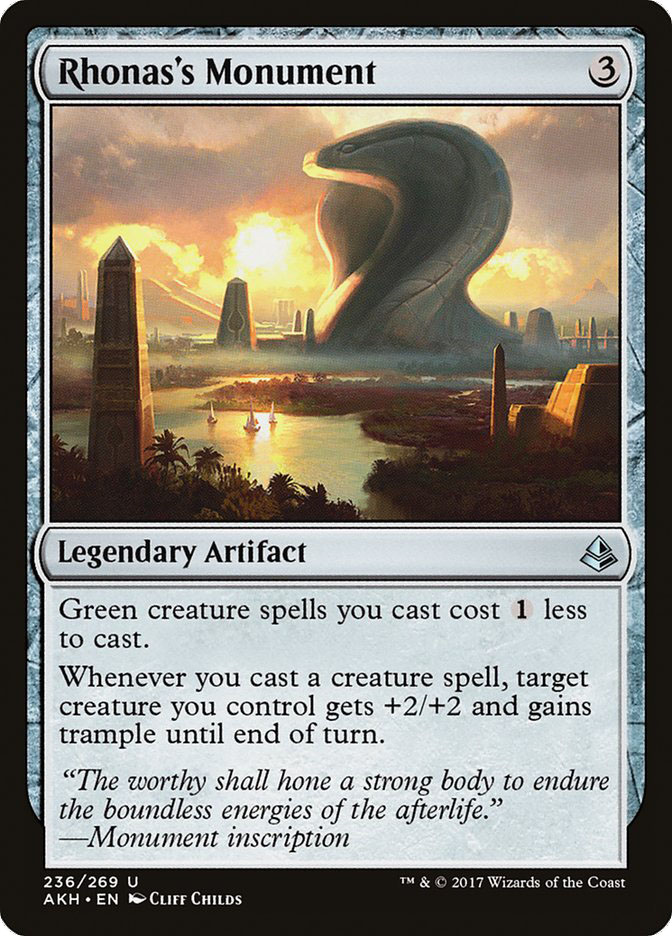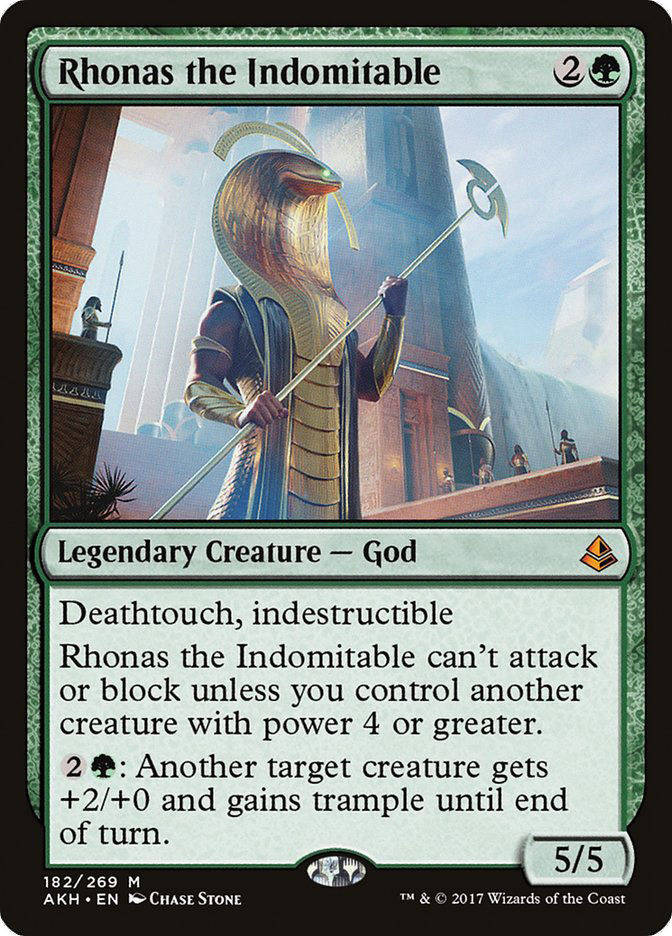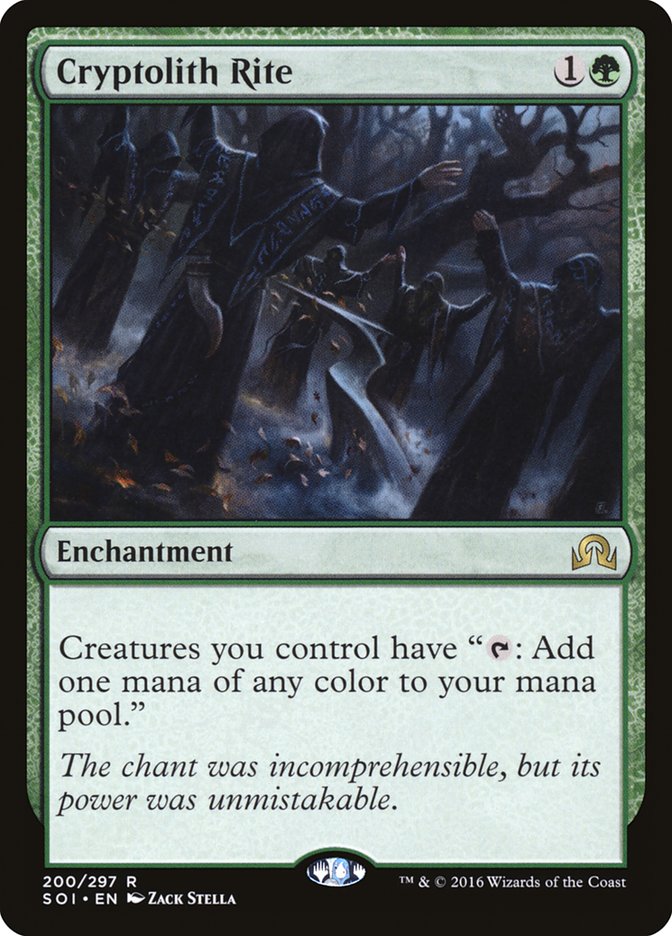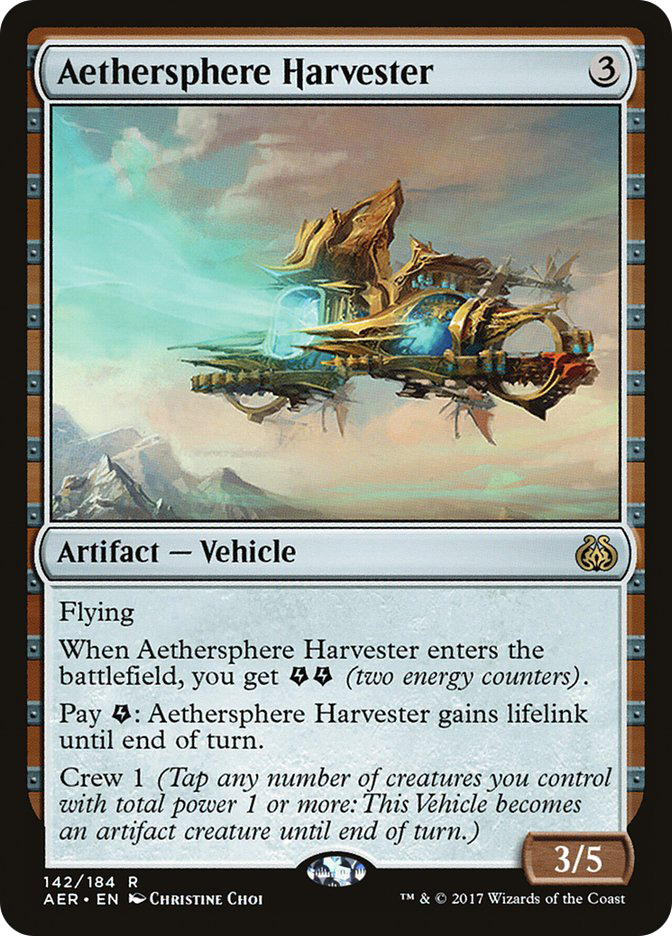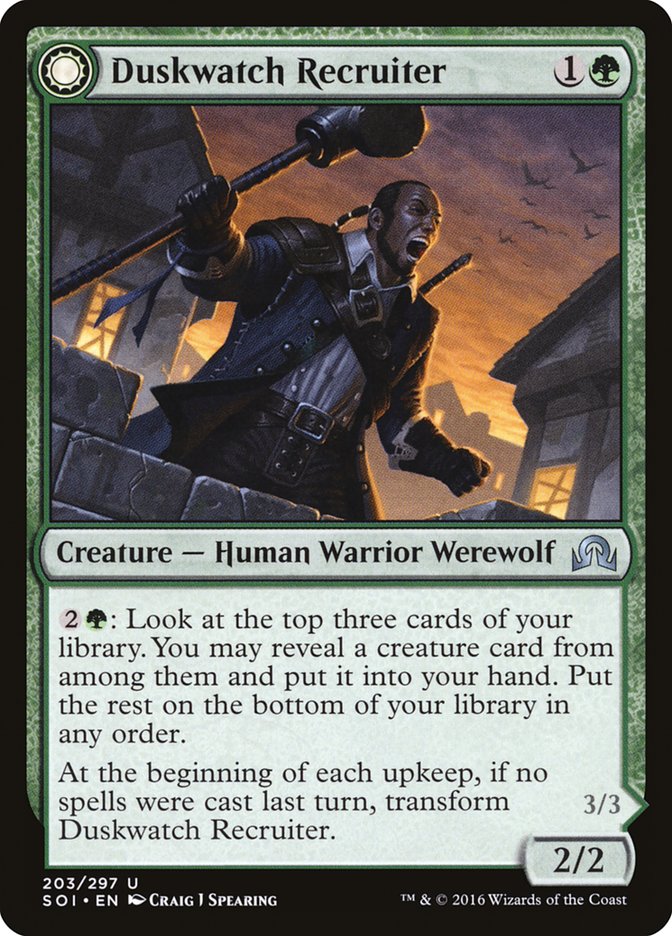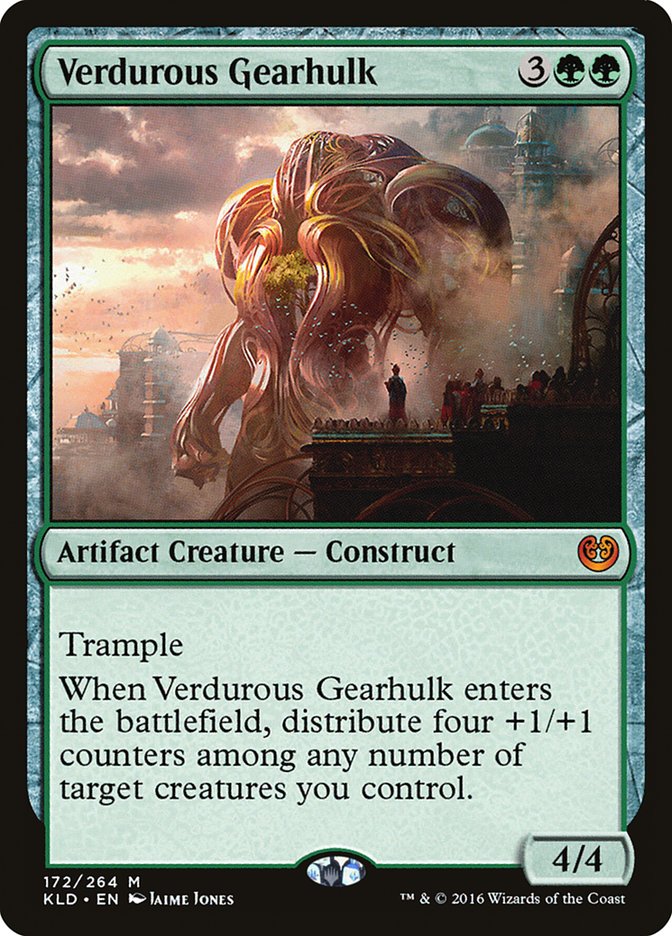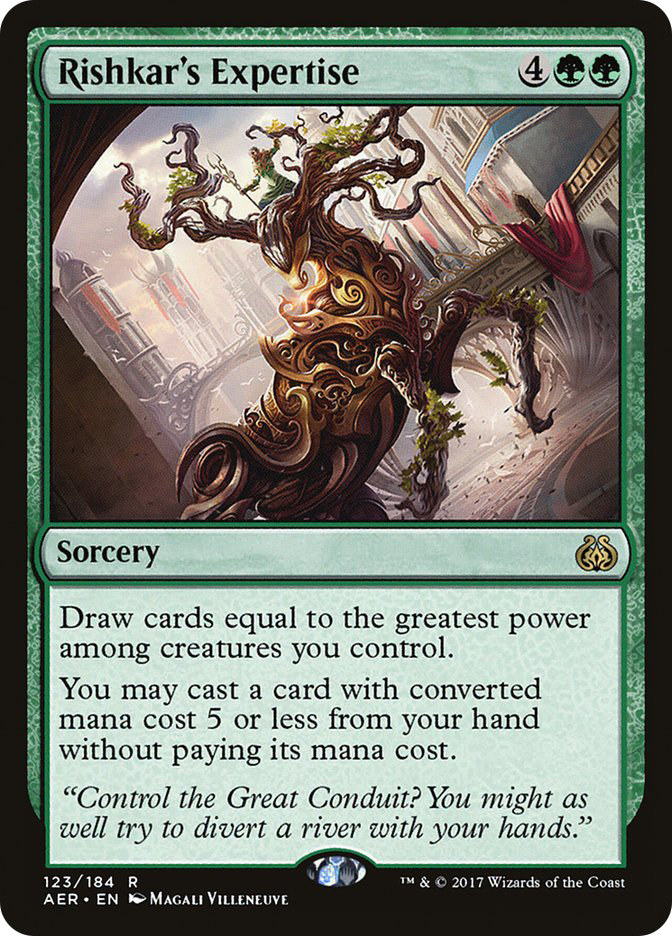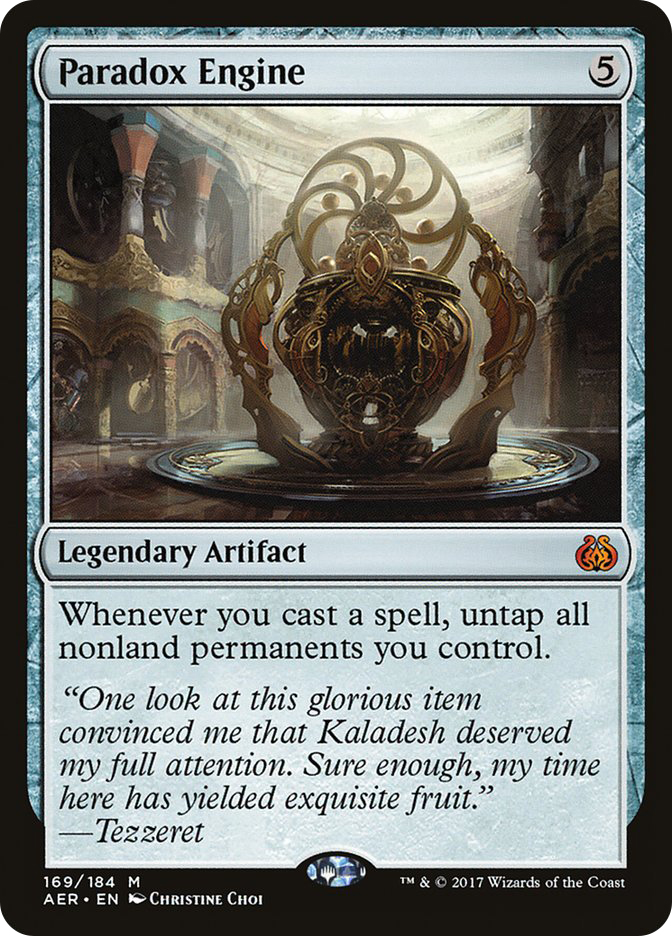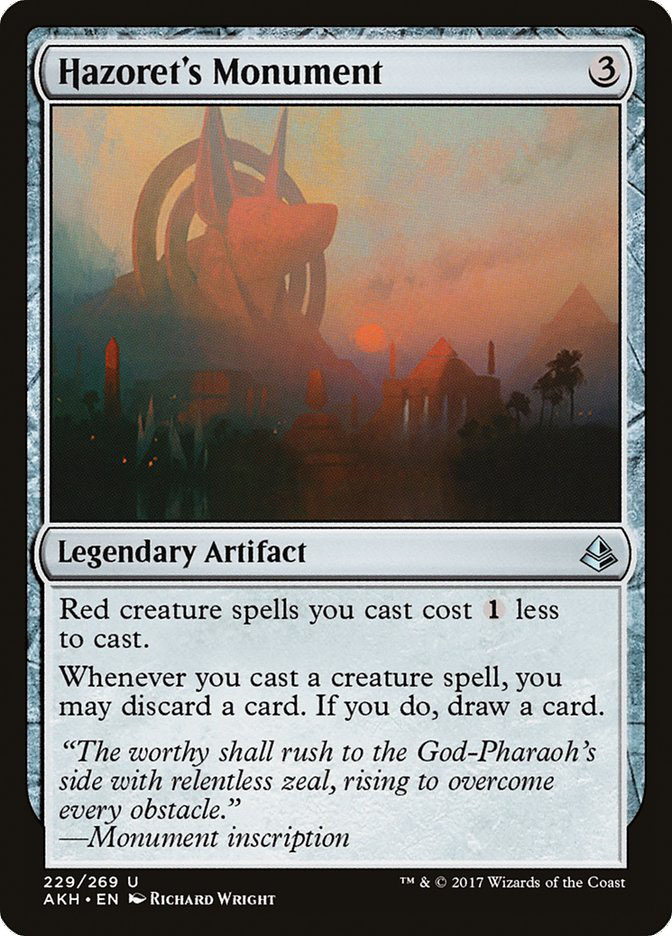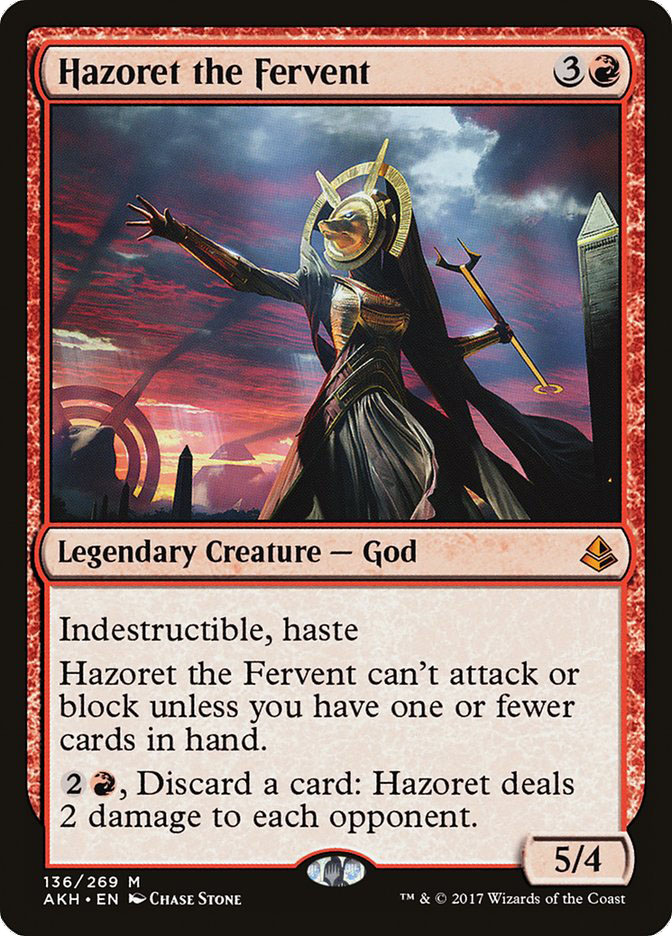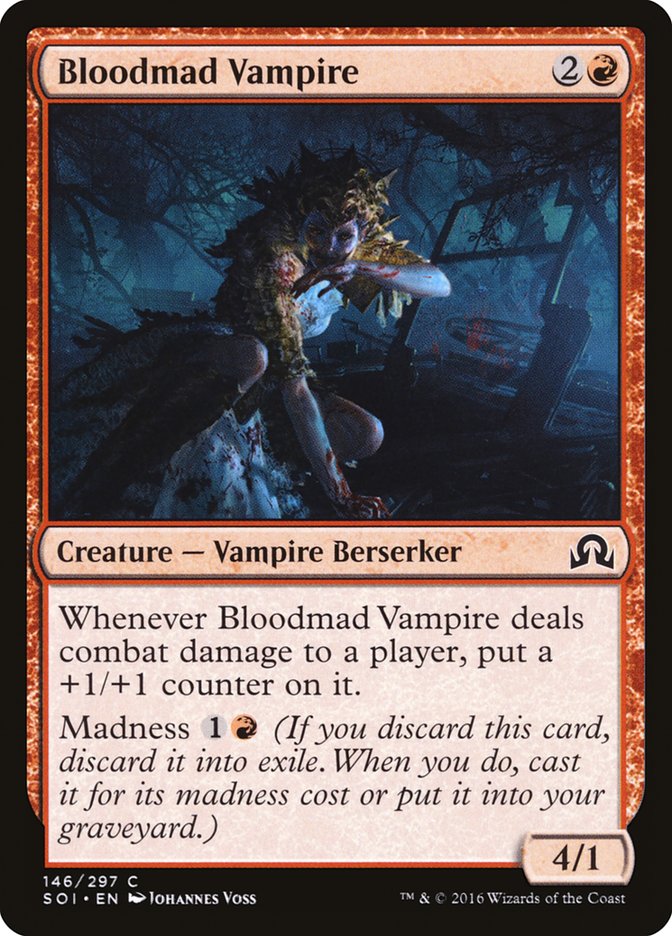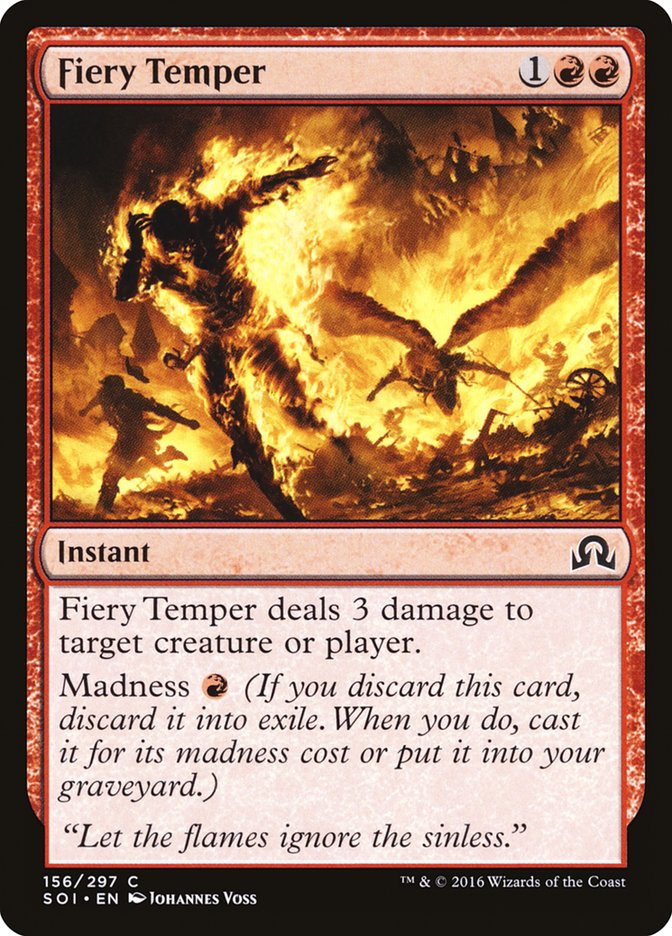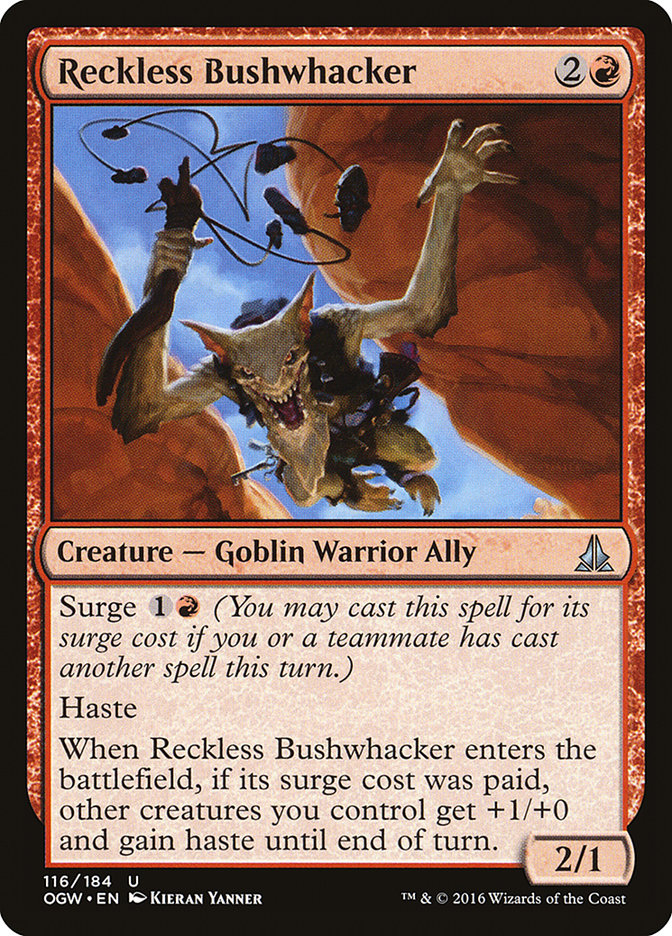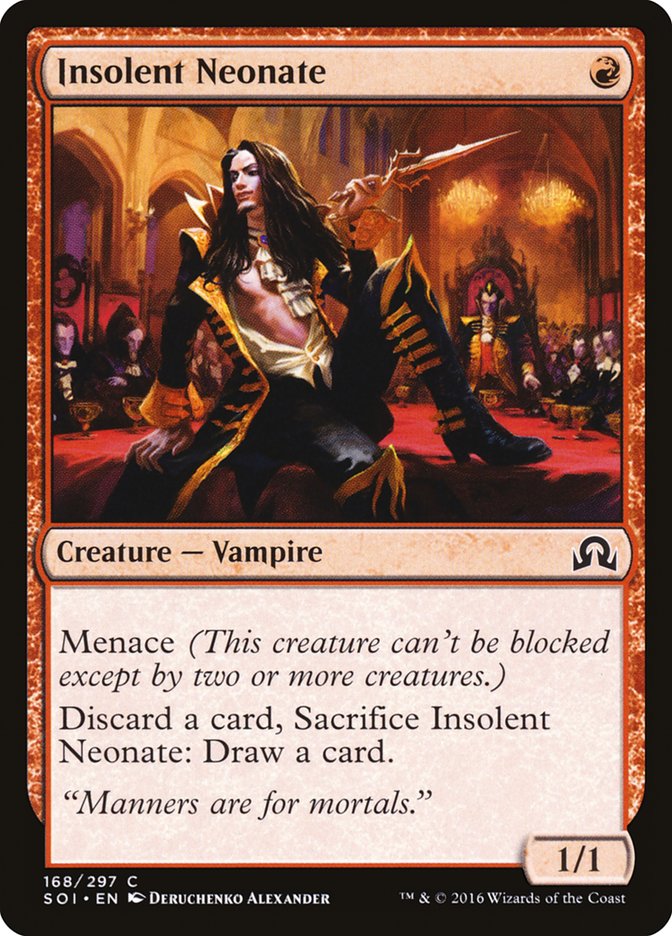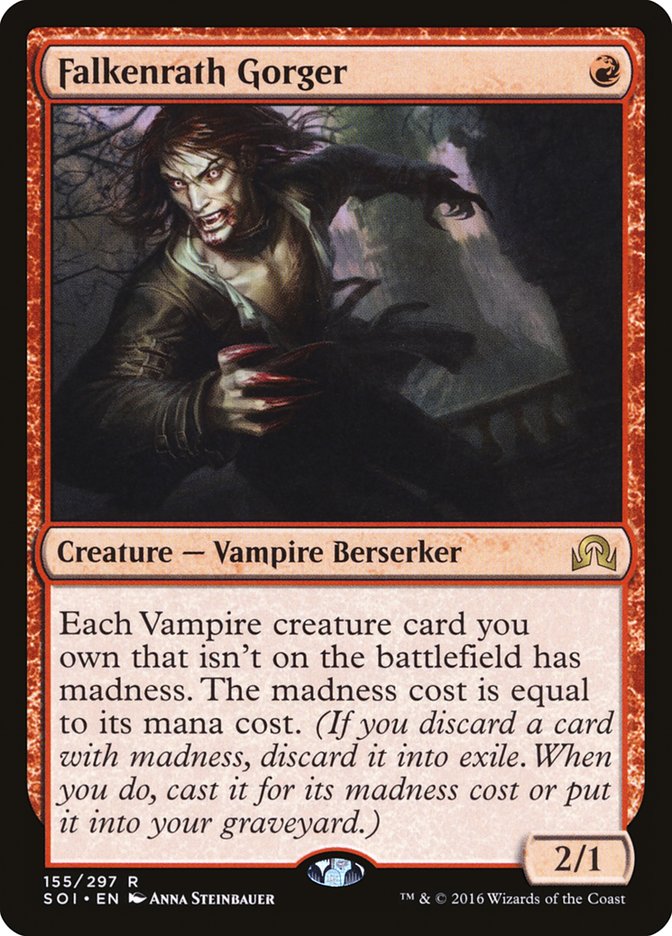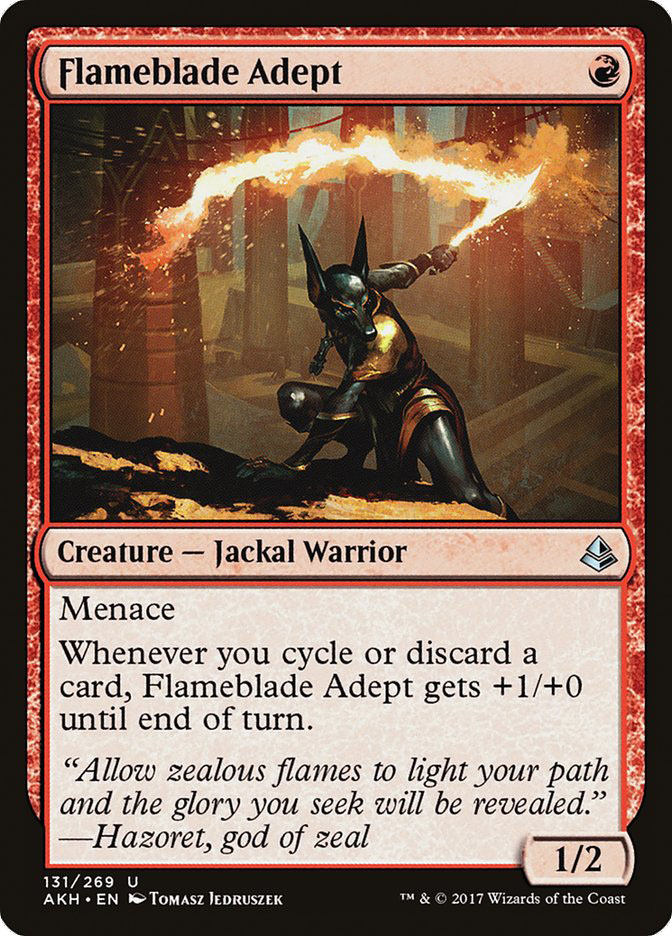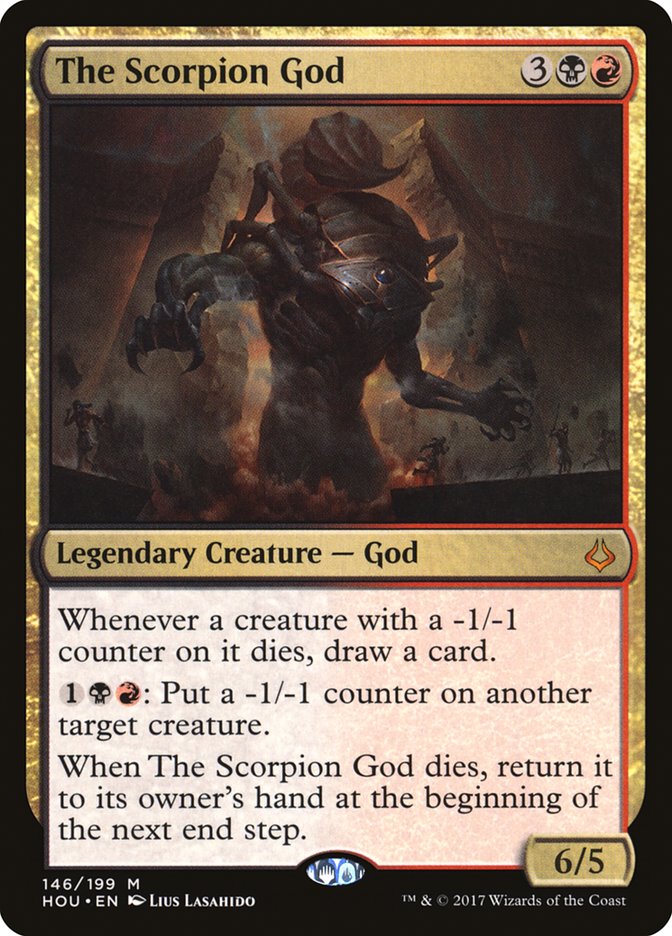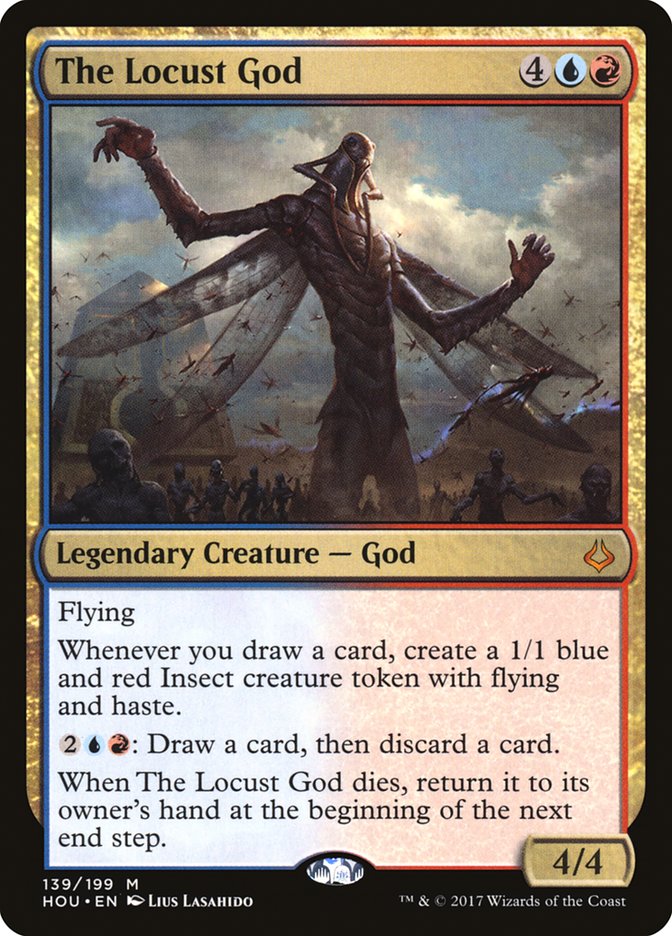With the rumblings of change coursing through the desert sands, a new God-Pharaoh is rising to take his place as deity of the plane of Amonkhet.
But we’re not there yet! There’s still time, while the Gods of Amonkhet still reign, that we can discuss the Monuments erected in their honor by those still devoted to them. We’re not going to let story continuity cloud our brewing!
Last week, we started looking at the Monument cycle from Amonkhet in somewhat subjective order of raw power level. Kefnet’s Monument, applying to blue creature spells and only impacting creatures that already are, or would be tapped, is clearly the weakest, while Oketra’s Monument and Bontu’s Monument have synergy within their color that makes them attractive options to build around. Ultimately, though, I think the last two monuments represented in the color pie are the strongest, based on how you build them.
In my opinion, the second-most-powerful Monument is the one representing Rhonas the Indomitable: Rhonas’s Monument.
Creature spell reduction in green can really make a difference; this color of creatures has always prided itself in undercosted, high-power bruisers that can down more cheaply, and with fewer restrictions, than any other color. Rhonas’s Monument takes those stompy qualities and combines them into a neat, tidy artifact.
With cost reduction on the mind, I had a hunch to try a bizarre combination that’s currently in Standard: Ornithopter and Loam Dryad.
These innocuous commons provide the only method of getting to three permanent mana on turn 2 in Standard. A build-your-own Birds of Paradise, this combination lets you jump ahead in a turn that can really make a difference. This gives you access to turn 2 Rishkar, Peema Renegade, which you can then use to put counters on the two creatures used to cast it, letting you untap with five mana on turn 3. Sure, we’re in a perfect world right now, but there are several other noncreature spells in Standard that help us leverage low-cost creatures being turned into mana.
Cryptolith Rite and Duskwatch Recruiter were good friends in the days of Four-Color Rite, where gobs of mana could be turned into more and more creatures and Collected Company would keep you so stocked on creatures that you couldn’t lose. Although we lost “CoCo,” we’ve still got Ritecruiter. Recriter. Hmph.
Throne of the God-Pharaoh loves to have creatures on your side getting sideways, even if it’s not to attack. Cryptolith Rite, Aethersphere Harvester, and Rishkar, Peema Renegade all give your team a way to do that. Aethersphere Harvester can be crewed by any one-power creature, meaning you can crew it multiple times, give it any Rhonas’s Monument triggers, and then take away an energy to smash in with lifelink.
So what would a deck like this look like?
Creatures (27)
- 4 Ornithopter
- 3 Tireless Tracker
- 4 Duskwatch Recruiter
- 4 Loam Dryad
- 3 Permeating Mass
- 3 Verdurous Gearhulk
- 1 Greenbelt Rampager
- 4 Rishkar, Peema Renegade
- 1 Rhonas the Indomitable
Lands (20)
- 20 Forest
Spells (13)

This is a flood of creatures whose noncreature spells also only care about and function with creatures. Sometimes you’re just in the mood to cast some critters!
Ornithopter isn’t just a dud in this deck; this is a free trigger for any Monument, but it works well with Rhonas’s Monument specifically, as you can give your creature an extra power boost that costs nothing. Thus, it may behoove you to hold your Ornithopters until you cast that Rhonas’s Monument in your hand! Tireless Tracker is a great card drawer, and despite the low land count (it’s okay; I promise I tested it), Tireless Tracker can come down a little earlier and get a Clue right when you cast it, preventing the awkward turn 4 of “cast Tracker, play a land with no follow-up.”
I love this little Spirit. Its low casting cost, ability to dodge Magma Spray, and semi-deathtouch make it an easy choice for a deck that cares about getting sideways. Later in the game, the deck’s +1/+1 counters can give this Mass an edge on any converted Masses on the other side of the battlefield.
Although every color has one, Verdurous Gearhulk is perhaps the best-fitting artifact creature with its on-color Monument. This makes Verdurous Gearhulk a turn 4 play without mana creatures, and you can pour the +1/+1 counters onto the creature you target with the Monument’s trigger, perhaps Rhonas the Indomitable, giving it immense power for a single-creature alpha strike.
As a deck with lots of cheap creatures, it’s easy to run out of steam. Rishkar’s Expertise, with its more manageable cost thanks to our multiple ways of producing mana, is the perfect way to recharge. An on-battlefield Rhonas grants five cards and a free cast of any other creature in the deck. Rishkar’s Expertise gives the deck the oomph it needs to stay in the game under fire.
Paradox Engine also allows you to use your squad of creatures to cast spells and then untap to do it again or use activated abilities, like Duskwatch Recruiter’s recruiting ability or Rhonas the Indomitable’s power pump. It feels pretty good to tap down for a Verdurous Gearhulk and untap the creatures you just used to cast it. Lifecrafter’s Bestiary did cross my mind, but I found that the deck bricks on creatures enough times that the chance of having a creature spell and a spare mana was not sustainable if your hope was to “chain” creature spells together.
The deck performs pretty well in simple testing, and Verdurous Gearhulk and Throne of the God-Pharaoh put an incredible amount of pressure on your opponent. The threat of either makes your opponent second-guess their next move; it gives green a pseudo-Burn feeling, and that’s not too bad for a deck that uses a forgotten uncommon artifact.
That leaves just one Monument.
Unlike the other Monuments, both modes of Hazoret’s Monument allow you to keep the fun going. The green Monument, as mentioned earlier, needs something like Paradox Engine or Lifecrafter’s Bestiary to keep it afloat, and Oketra’s Monument works perfectly if you happen to have two Aviary Mechanics and boatload of mana. Hazoret’s Monument is self-contained thanks to one of my favorite returning mechanics currently in Standard: madness.
Red and black seem to align themselves most with the philosophy behind the madness mechanic, but red has more than enough to support the plan by itself. Hazoret’s Monument pushes the reduction of many spells with madness down even further: Stromkirk Occultist is now just a single red mana, for example. Powerful, undercosted creatures that support the plan, like Bloodrage Brawler, are frightfully easy to cast.
You know what else gets costed hilariously cheaply?
The ease of casting multiple spells combined with a potentially bananas attack step was too much to resist, and Reckless Bushwhacker is the glue that holds this deck together.
With a Vampire-oriented madness theme, let’s get to work constructing and testing a mono-red beats deck!
Creatures (26)
- 4 Reckless Bushwhacker
- 2 Falkenrath Gorger
- 4 Insolent Neonate
- 4 Stromkirk Occultist
- 2 Glorybringer
- 4 Hazoret the Fervent
- 2 Flameblade Adept
- 4 Bloodrage Brawler
Lands (24)
Spells (10)
Sideboard

This deck is lit. It’s the only deck I built a sideboard for!
Stromkirk Occultist and Bloodrage Brawler are definitely the workhorses in this deck. They are cheap and powerful, and the Occultist even provides a little bit of reach with its ability to get a card after hitting your opponent. Without this card, the deck would be too soft to have impactful combat steps and get your opponent in reach of Fiery Temper. Hazoret the Fervent is also incredibly powerful, and it’s easy to discard your extra copies if you find yourself flush with Gods. Its activated ability is also a great way to close the game.
Besides being inexpensive creatures to trigger Hazoret’s Monument, these creatures help give a bit more depth to the deck despite their low cost. Insolent Neonate gives free discard, a more valuable ability than you might think (instant-speed madness capabilities!). More than once did I cast it on turn 1, attack on turn 2, and then at my opponent’s end step convert it into a card and a Stromkirk Occultist. Falkenrath Gorger lets you drop your Insolent Neonates onto the battlefield instead of into the graveyard. Moreover, these small creatures all benefit from Reckless Bushwhacker, both enabling surge and getting a better-than-average benefit. Insolent Neonate does have menace, so its subsequent two power matters more following a Bushwhacker trigger.
Glorybringer, while not as synergetic with the plan, is easily discarded early in favor of lands or spells, and it can come roaring across a turn early thanks to Hazoret’s Monument. While rarely fantastic, Glorybringer is a reliable finisher, even if you just use it as a Giant Solifuge.
Insult adds, well, insult to injury. Once you’ve assembled a team of Bloodrage Brawlers and friends, this effectively grants the team double strike. The deck plays enough lands that it is also possible to cast both halves, killing a four-toughness creature and a planeswalker, perhaps. Key to the City helps you cycle through the late-game lands, but it also lets you have an empty hand for Hazoret the Fervent and have two cards for your next main phase, allowing you to use Hazoret’s Monument, which requires discard-and-draw, not a draw-and-discard. Hazoret the Fervent doesn’t have trample, but Key to the City makes it a deadly clock.
I tested this deck in ten matches before Aetherworks Marvel was banned. Besides Aetherworks Marvel, I also tested it against various emerge builds, R/W Aggro, G/B Delirium, Abzan Tokens, and even a New Perspectives deck. The deck was both fast and reliable, with filtered draws and the out-of-nowhere Reckless Bushwhacker plays.
This testing was completed on Magic Online, and I lived on the salt of my enemies’ tears. The deck applied considerable pressure, and did a great job recovering even after my opponent deployed Grasp of Darkness to kill Hazoret the Fervent, Magma Spray to eradicate my Stromkirk Occultist, and Fumigate to clear everything else. The deck had considerable velocity, thanks in large part to Reckless Bushwhacker, and the deck continued to deliver hit after hit during my draw step and Hazoret’s Monument triggers, allowing absurd precombat main phases and brutal attack steps. Even besides that, Hazoret the Fervent is a house.
It took me a while to find the right mix of synergy (Falkenrath Gorger) and power (Glorybringer), but this is a deck I couldn’t put down in testing. It was exceptionally fun, and you just never knew what the top of your deck would bring you next.
The nice thing about the Monument cycle is that, no matter what, every set that will be printed (unless it’s, like, another devoid set) will have cards that will work with the cycle. They’ll always be fun to play, they’re great for Commander where legendary doesn’t matter, and I know I’ll find a use for them with Hour of Devastation, no matter what wreckage is left behind after Nicol Bolas comes rolling through.
At the time of writing, about a quarter of Hour of Devastation has been previewed. There are already already several cards I’m very excited to try. Relevant to this week’s discussion are the new Gods that have so far emerged from this set, like The Scorpion God and The Locust God.
You’ll notice that, as multicolored creatures, they can be positively impacted by two Monuments, and upon their deaths, they can be returned to your hand and cast cheaply again for triggers and value. Just something to think about!


